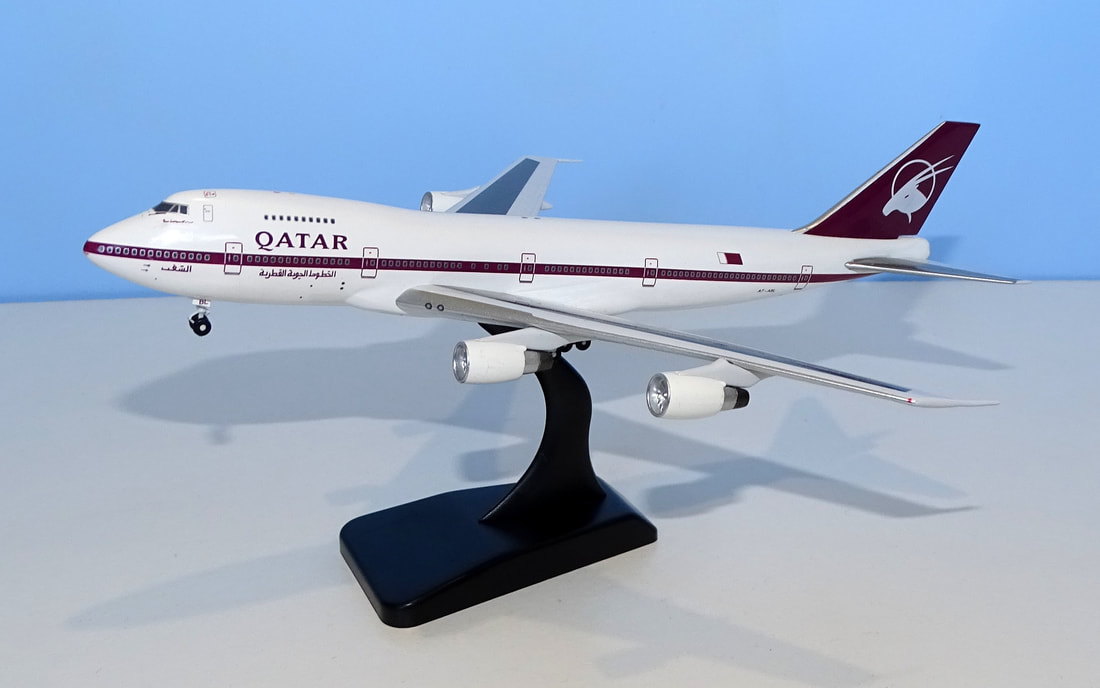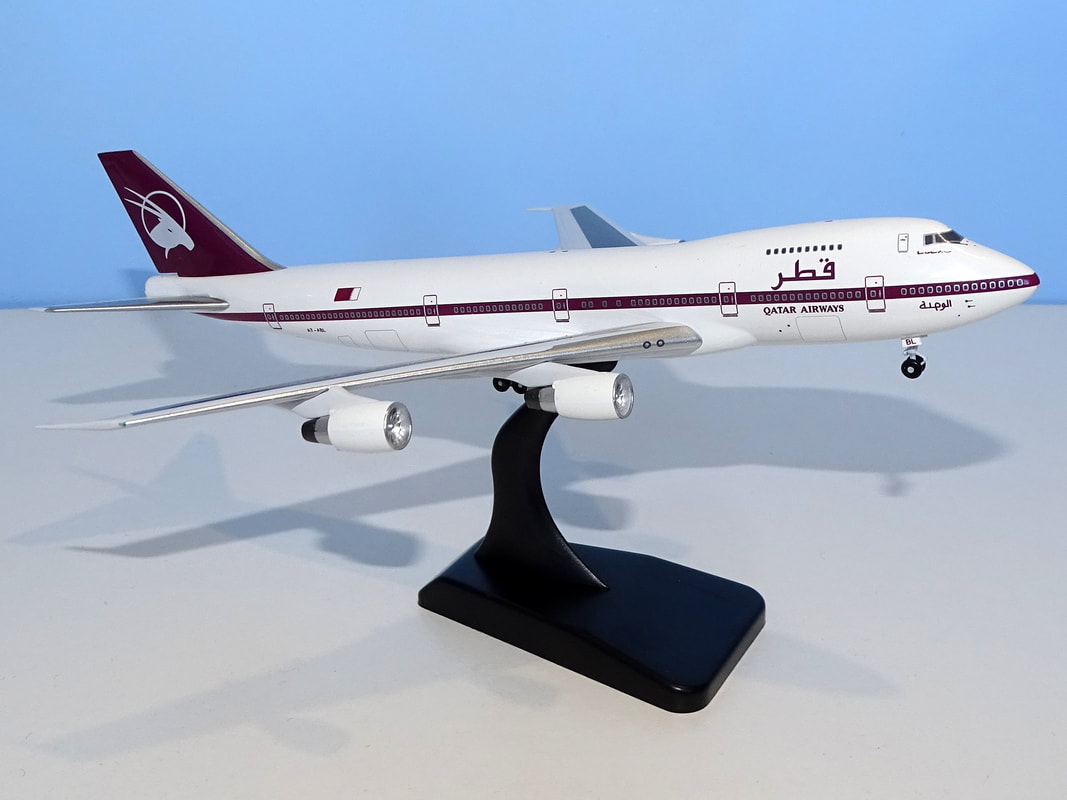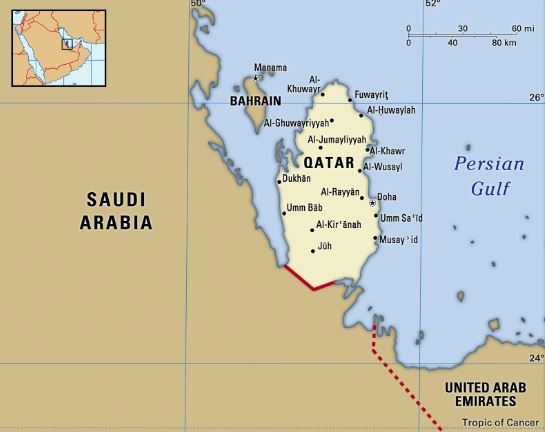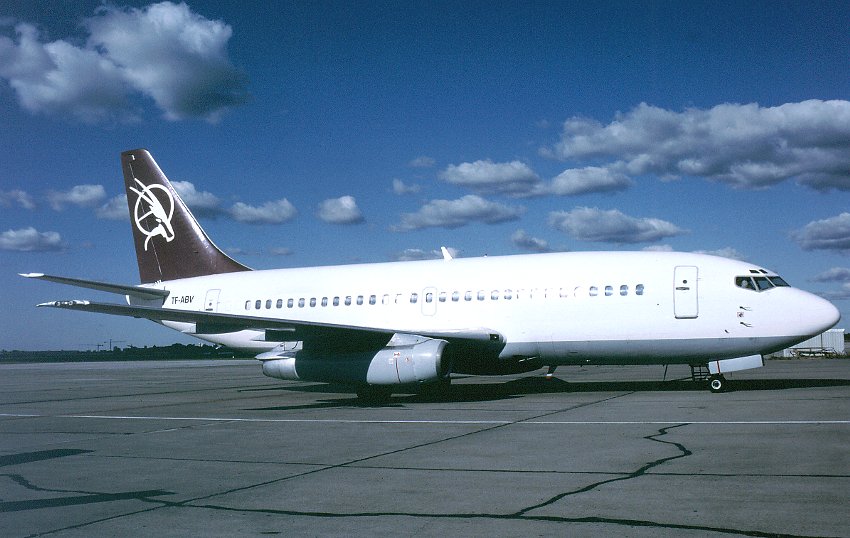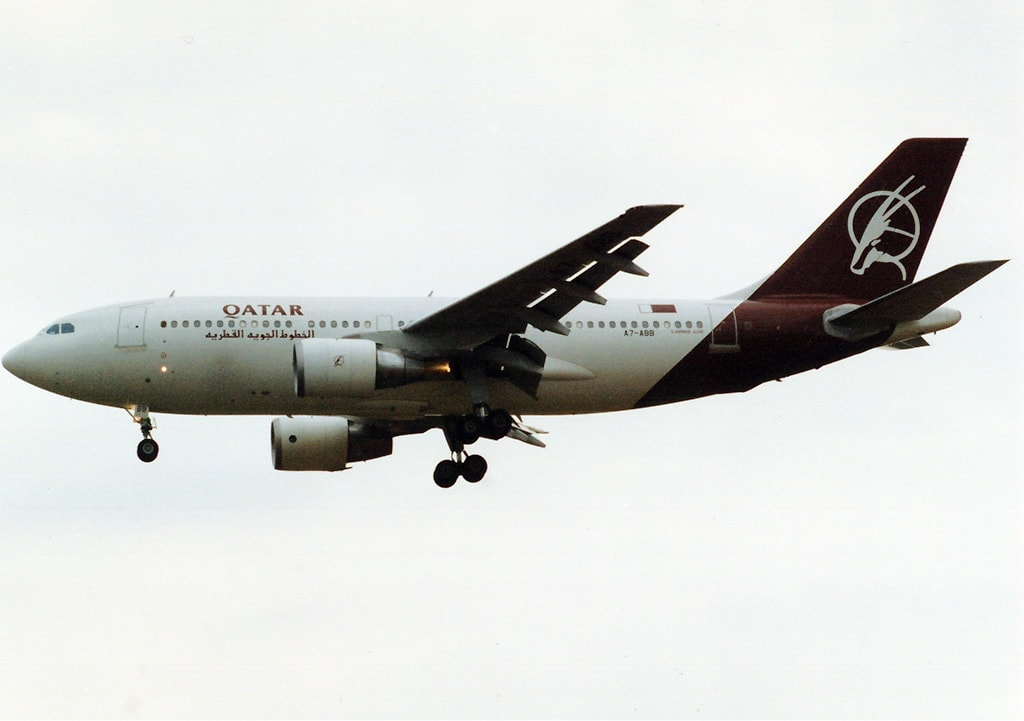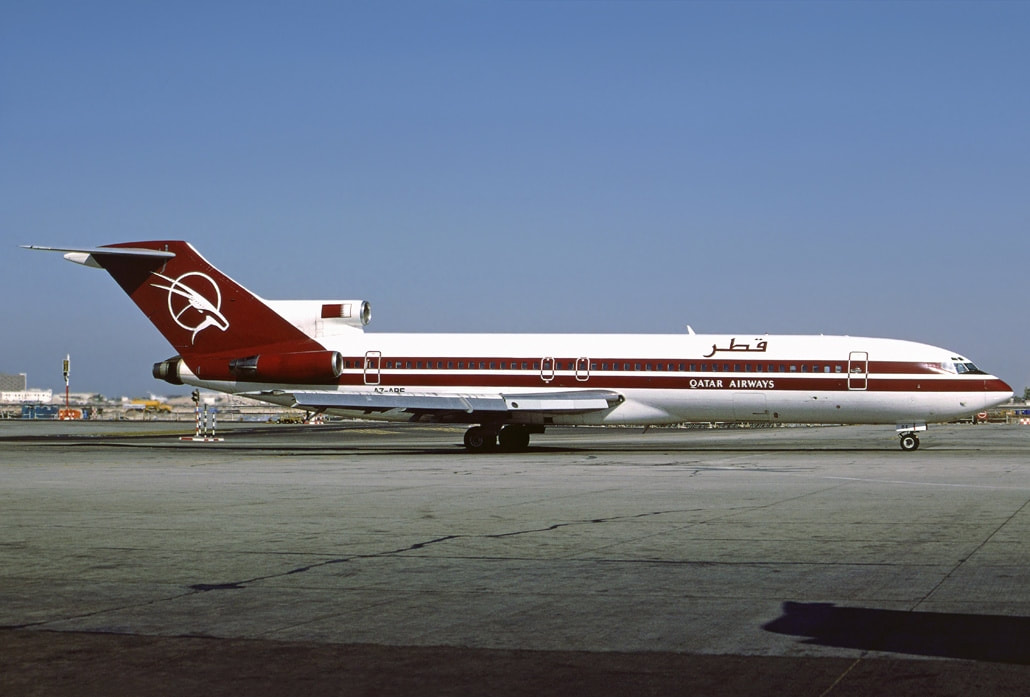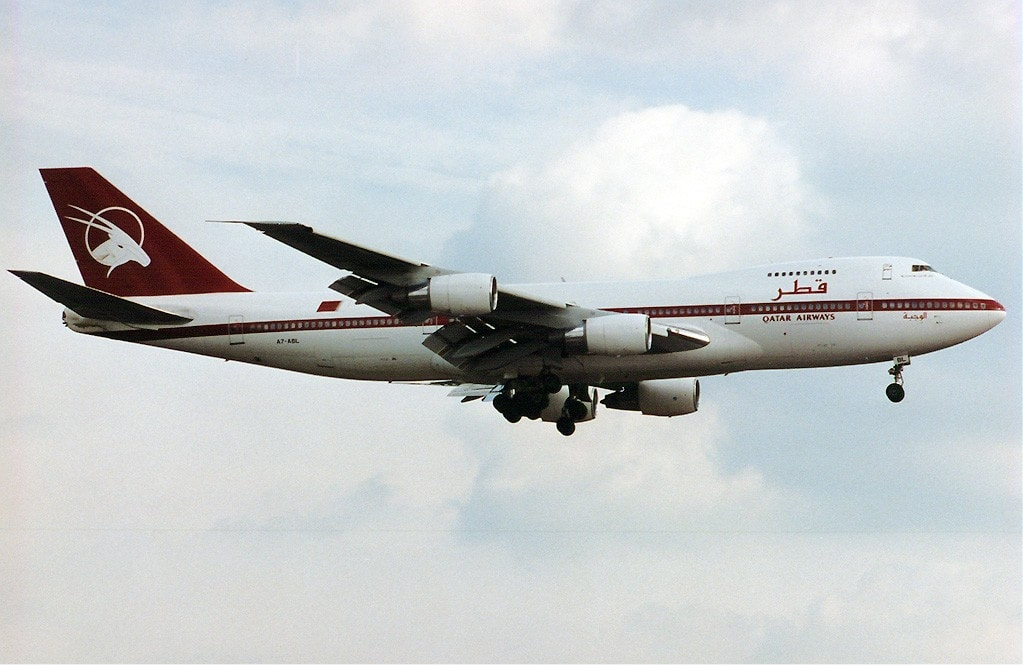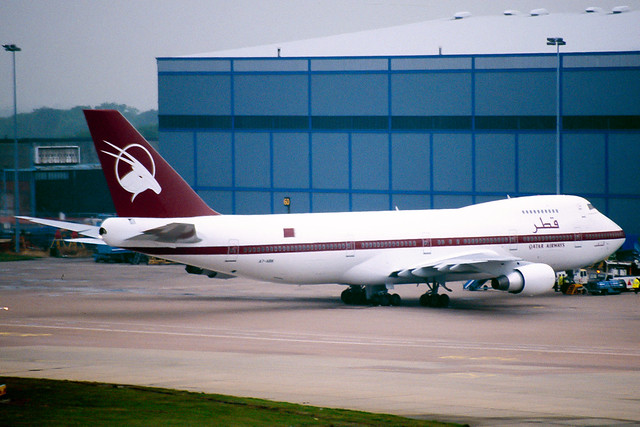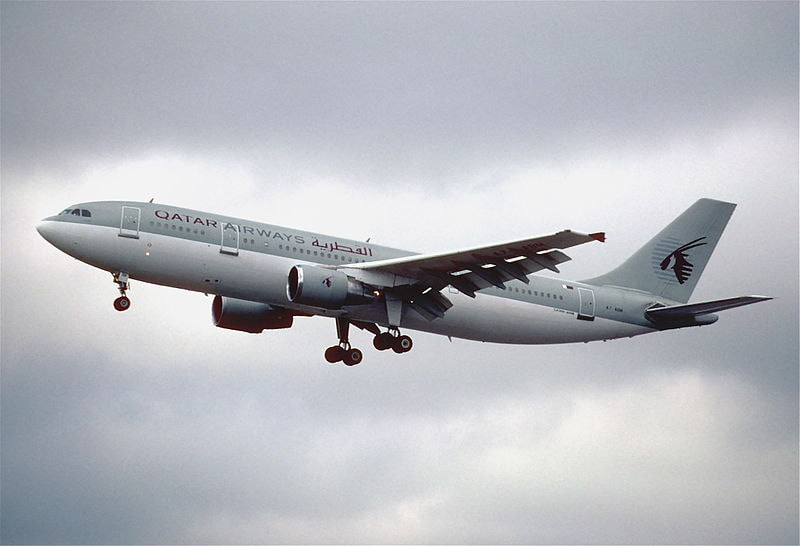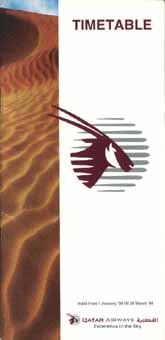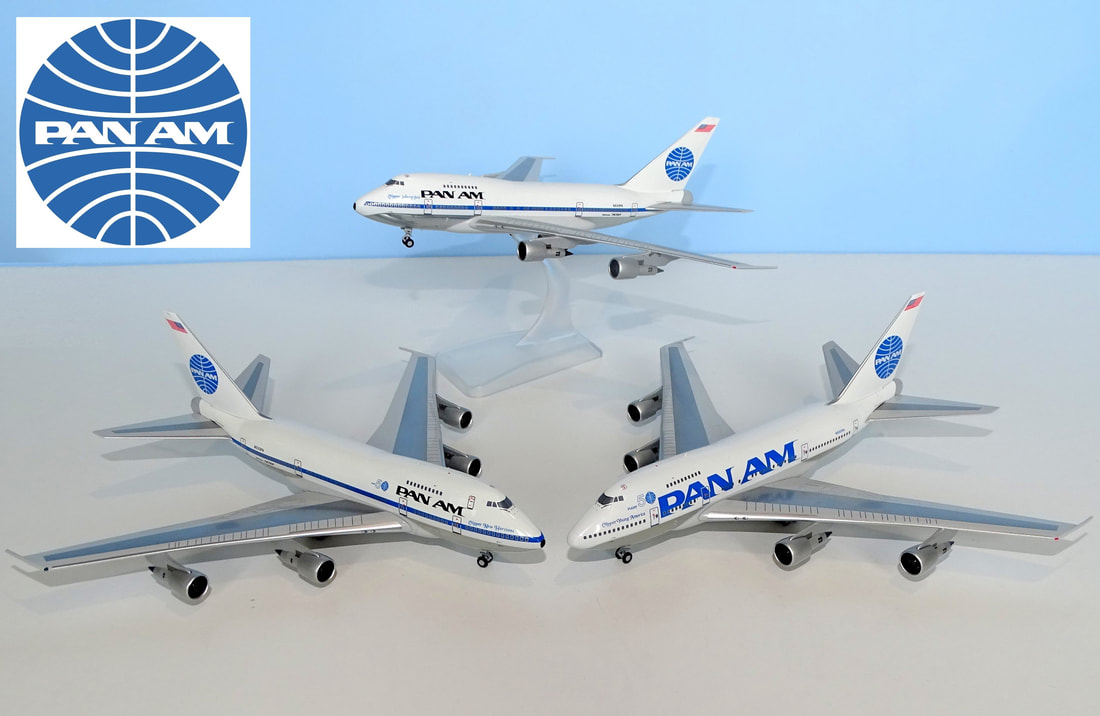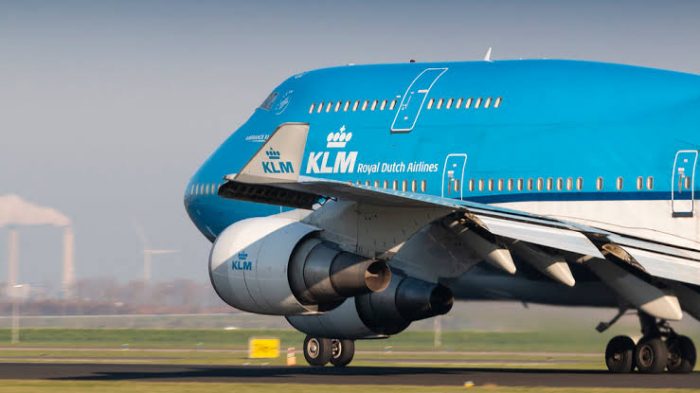
The rise of the ME3 has been nothing short of meteoric and nowadays this area of the world appears to be involved in (or ruining) everything, not the least football! Anyway back in the 1990s the advent of Emirates and Qatar Airways seemed like nothing special. Just a couple more vanity project national airlines. Nobody seemed especially bothered by them, but of course that would all change in the 2000s as unlimited funding and a useful geographic location changed aviation forever. Qatar Airways is today a very different beast to the airline that began flying in 1994 and here I take a look back at its earliest years.
Of course, the airline that had served the region’s needs for so long was Gulf Air. It was the flag carrier of Bahrain, Abu Dhabi, Oman and Qatar. A multi-national airline, like Air Afrique in Africa, growing regional nationalism would see it’s grip on its constituent nations loosen. The first step was the creation of Emirates, the new flag carrier of Dubai, in 1985. Although not strictly part of Gulf Air Dubai was of course intrinsically linked to Abu Dhabi and its impact on Gulf Air was massive.
Qatar’s interest in its own airline came to life in November 1993 when Qatar Airways was formed. Although in hindsight the impact on Qatar’s 25% shareholding in Gulf Air seems inevitable at the time the aims for the new airline were at least broadly non-competitive. The original Qatar Airways wasn’t designed to capture high-end business traffic but instead was designed to operate as a budget airline, to bring to Qatar new tourist traffic and enable connections beyond Doha for Western travellers.
Operations began in January 1994 with a leased Air Atlanta 737-230, TF-ABV, and a leased Kuiwaiti A310-222, A7-ABA. The initial network was only Doha to Sharjah and Dubai, but by the end of 1994 the A310 could be seen as far afield as London Gatwick, Amman, Cairo, Mumbai and Madras. A second, ex-Kuwaiti, A310, A7-ABB, joined in June 1994.
The 737 was returned in December 1994 and replaced by a leased Yemenia 727 in February 1995. The 727 proved to the new airline’s liking and when the Yemen example was returned it was replaced by a pair of ex-Emirates examples, which became A7-ABC and ABD.
The network was expanding fast, with a new route added every month so that the white and burgundy scheme could be seen at new destinations such as Bangkok, Khartoum, Kuwait City and Manila. Further 727s were added, although at least one was configured in a VIP layout. The airline was also interested in serving the USA and had plans to route via London Gatwick. Of course the airline’s 727s and A310s lacked the capacity or range for the service so the fledgling carrier looked elsewhere for suitable options.
They decided to go with the Boeing 747 but for some reason acquired a pair of ex-All Nippon 747SR-81s rather than longer range series 200s. Since they had been almost entirely used on Japanese domestic routes their flying hours were low, although I suspect they must have done a lot of rotations for their hours. Both aircraft were built in 1978 and acquired via Boeing Aircraft Holdings to become A7-ABK and ABL in June 1995. Both the A310s left the fleet at this time.
Qatar was looking to use Gatwick merely as a refueling point for the short-legged 747s, as it didn’t have passenger rights between the UK and US, but in the end the US refused the service so the service ended up terminating at LGW. With its way to the States barred the airline expanded to the East instead.
One of the 747s was used to fly the London route, which went via Cairo due to low load figures, and also twice weekly to Manila, Dhaka and Bangkok. The other served Colombo in Sri Lanka and Malé in the Maldives.
A well travelled 747SP that had been delivered to Braniff in 1980, and served also with Aerolineas Argentinas and Air Mauritius, was added in February 1995 but by the end of year low utilisation saw it transfer to the Qatar Amiri Flight.
By mid-1996 things appear not to have been going as hoped. Several destinations were cancelled and when in late 1996 Akbar Al Baker was made the CEO it signalled a complete change in focus. No longer would the airline focus on the lower end of the market. Instead it would shift towards business travellers, flying less routes but at a higher level of service.
|
The ‘new’ Qatar Airways needed a new image. Gone was the burgundy cheatline, although the Arabian Oryx antelope logo would remain. The new Qatar Airways kept the burgundy too, for new billboard titles and the Oryx on the tail, but with a grey base. This appeared first on a pair of ex-Garuda A300-600Rs in March 1997. The writing was on the wall for the 747s, which had never really been suitable for the airline. One was leased to Tunisair in July 1997 while the other went to Saudia in March 1998. The Qatari government increased its stake in the airline to 50% and the writing was on the wall for its participation in Gulf Air, from which it finally departed in 2002. |
Al Baker has gone on to transform the airline into a world leader with a huge fleet of Airbus and Boeing widebodies but the modern Qatar Airways is a far cry from the one that began service in January 1994.
